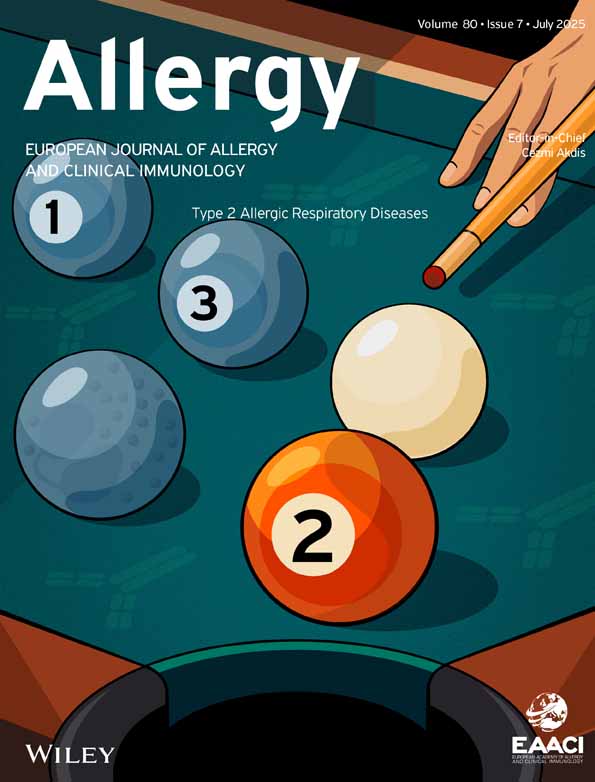A new indoor allergen from a common non-flowering plant
Abstract
Ficus benjamina or weeping fig (w-fig) is one of the most common indoor non-flowering green plants in northern Europe. We have previously reported that occupational exposure to w-fig in plant keepers, both atopic and non-atopic, gives rise to IgE-mediated allergy with airway symptoms. About one-fourth of the plant keepers had become sensitized. We now report a study of sensitization in non-occupationally exposed persons comprising 395 patients, consecutively referred for allergological investigation, and 107 employees from two offices decorated with an abundance of w-figs. Of the patients, 56% were found to be atopic and more than half of them reported exposure to w-fig. Sensitization, as judged by a positive skin prick test and positive RAST, was found in 13 of the patients and in three of the employees. All of them suffered from rhinitis and/or asthma and were atopics and sensitized to one or several common allergens. We conclude that sensitization to w-fig is not uncommon and that in Sweden it is of the same magnitude as sensitization to the most common mould, Cladosporium herbarum. The risk that subjects with a genuine atopic constitution exposed to w-fig will become sensitized is about 6 %. In approximately half of the patients the sensitization was considered to be clinically important.




